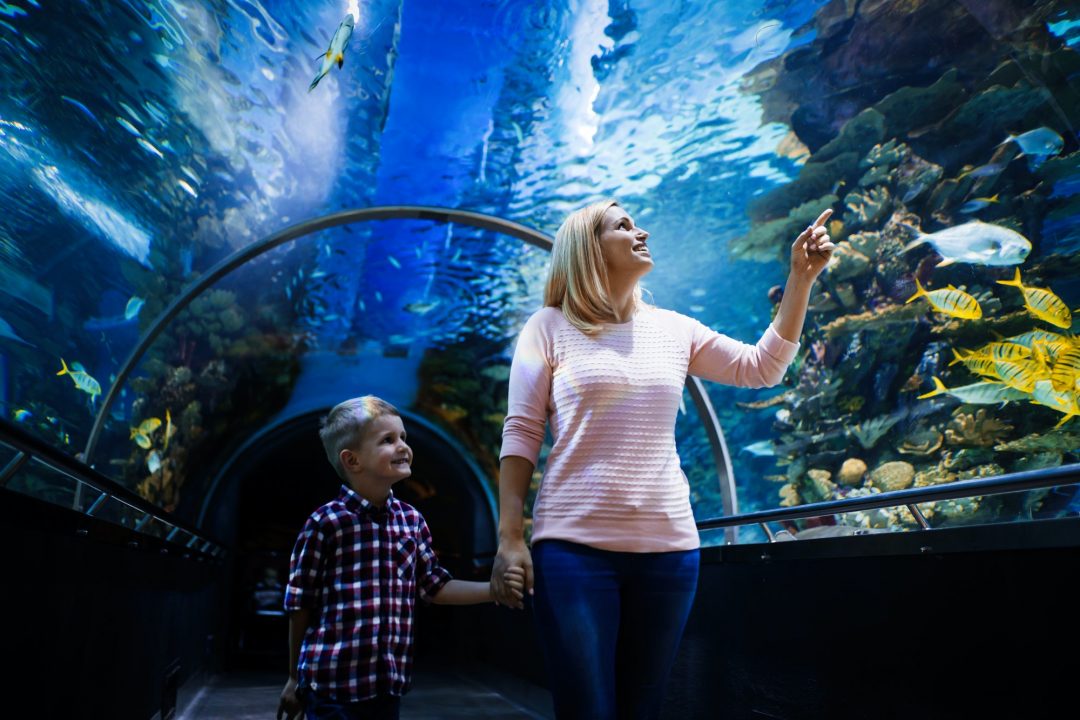Experience
Escape yourself from the busy world to the world of peace
Our Services
The Enigmatic Wolves
Wolves are one of the most revered and misunderstood animals in the wild. The zoo’s wolf enclosure allows visitors to observe the pack dynamics and social behaviors of these highly intelligent predators. Wolves are known for their strong family bonds and teamwork when hunting, making them fascinating to watch as they communicate and interact with each other.
The Underwater World
Beneath the surface of the ocean lies a world full of life, from jellyfish to sea anemones and octopuses.
The African Plains
The African plains exhibit brings together a variety of animals that thrive in the open grasslands, such as antelopes, rhinos, and ostriches.
Animals of the Night
Many creatures are most active when the sun goes down. The zoo’s nocturnal house features bats, owls, and nocturnal mammals like fennec.

The World of Amphibians
The amphibian house is home to frogs, toads, and salamanders of all sizes and colors. These creatures, often found in wetlands and rainforests, play an important role in ecosystems as both predators and prey. The zoo recreates their moist, tropical environments, allowing visitors to see brightly colored poison dart frogs or large, majestic toads up close. Amphibians are often overlooked but are crucial to maintaining healthy ecosystems.
The Primate Sanctuary
Gorillas, orangutans, and chimpanzees are some of the most intelligent and socially complex animals in the zoo. The primate sanctuary is designed to give these animals plenty of space to roam, climb, and engage in stimulating activities. Observing the bonds between these animals, their problem-solving abilities, and their interactions with their environment is a truly fascinating experience that highlights their closeness to humans.


Insect World
The insectarium is a world of its own, showcasing the immense diversity of insects from around the globe. From the delicate wings of butterflies to the hard exoskeletons of beetles, the insect world is full of wonders. Visitors can watch as ants build intricate colonies, or marvel at the complex behaviors of bees. Insects play a vital role in our ecosystems, and the zoo offers a unique opportunity to see them up close and learn about their significance.
The Big Cats
Lions, tigers, leopards, and cheetahs are some of the most powerful and awe-inspiring animals in the zoo. These big cats are housed in large, naturalistic enclosures that allow them to roam, climb, and sharpen their hunting instincts. Watching a tiger stalk through the grass or a lion basking in the sun gives visitors a sense of the raw power and beauty of these predators.

Giant Tortoises
Giant tortoises, some of the longest-living animals on Earth, can be found in specially designed enclosures that provide them with plenty of space to roam and bask in the sun. These ancient reptiles are known for their slow movements and impressive size. Visitors can learn about their unique biology, including their ability to live for over a century and their role in island ecosystems.
